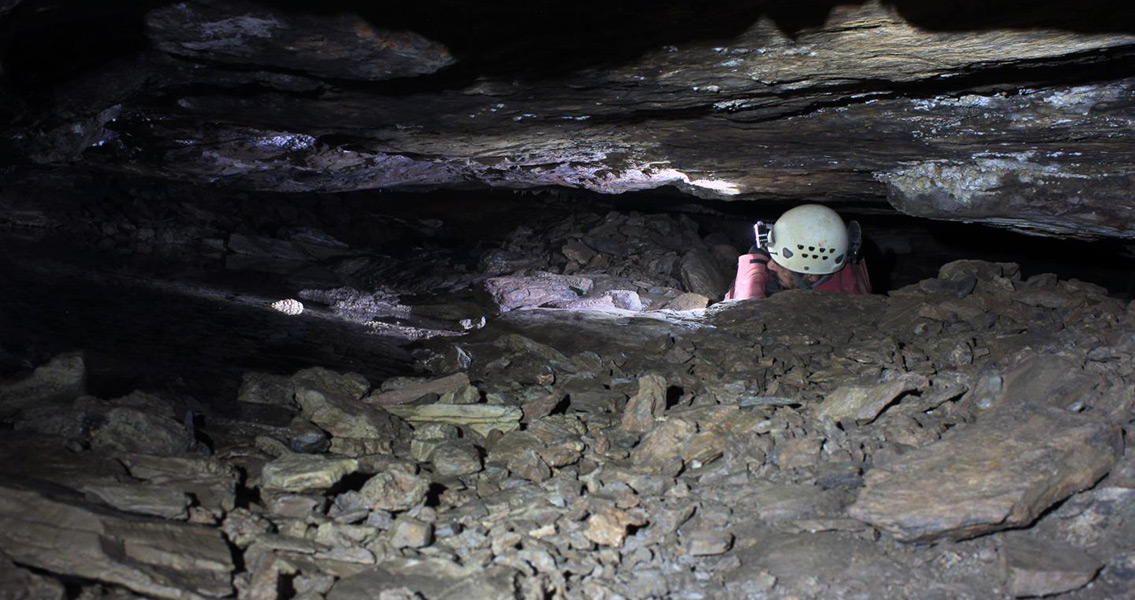<![CDATA[The current accepted chronological history of mining in the Aegean world, specifically in the Attica region, may have just been profoundly rewritten. Mining archaeologists who were conducting a subterranean investigation of a silver mine discovered in Thorikos, Greece, have found a mining complex with infrastructure unlike any seen from this time period (around 3200 BCE). The discovery was made by scientists under the supervision of underground archaeologist Dr. Denis Morin with the University of Lorraine, in association with the UMR National Center for Scientific Research 5608 of Toulouse – as part of an even larger research and archaeological program at the site. The Greek mine is exceptional not only for its scope but for its layout as well, which is unlike any mining system existing in the area. The skill and physical abilities of the ancient miners to exploit the ore deposits and then to properly process the ore outside of the mine speaks not only to a deliberate strategy but to spatial and technological control over the entire process. Extracting the silver would have required an exceptional amount of resources and an advanced technical system of a scale unique in the ancient world. Inside the mine a number of the open spaces (galleries) have been left untouched for more than 5000 years. Mapping the system of mining shafts has proven extremely difficult even for experienced archaeologists, who are required to wear high-tech equipment through the cramped and intertwining network of shafts in stifling conditions and temperatures up to 70° Fahrenheit. Pottery and stone hammers made from volcanic rock found by the researchers indicate that the mine was operational as far back as 3200 BCE, and several phases of activity are distinguishable due to the organization and morphology of the infrastructure. The mining phase which occurred within the Classical period (fourth century BCE) is the most perceptible by far and is remarkable for the organization and the consistency of the mining operation. Fragments of oil lamps and pottery along with a Greek inscription left engraved on a wall, attest to the activities of this period as do the quadrangular shafts that had been cut with pointed tools in progressive stages. The next phase, at the end of the fourth century BCE, is also dated by tool marks and pottery remnants. Shafts discovered inside the network mined during this phase connect two main levels of extraction and were executed with such geometrical precision (to the millimeter) that the method of construction is being investigated by the researchers. For the most part, it was slaves who were sentenced to work extracting the ore from the mines. Tool marks and graffiti indicate the mine was worked around the clock and the stifling, cramped and intertwining shafts, the smothering heat, not to mention the hardness of the bedrock, all testify to the extreme working conditions. The silver deposits were exploited from the fourth or third millennium BCE, but in the fifth and fourth centuries BCE the silver mines, triumphs of human ingenuity, would have been the most significant mining district in Greece, and likely the basis of Athens' domination over the Aegean world. The continuing research will not only survey the subterranean remains, it will study and attempt to explain these early period mining technologies, how mineral resources were managed, and how the end products were eventually circulated. Image courtesy of Ghent University ]]>
Ancient Greek Silver Mine Discovered on Aegean Shore
